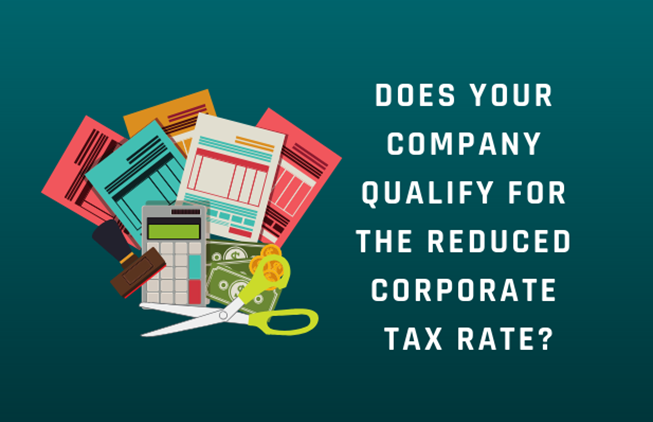
From the 2017/18 financial year, a company will qualify for the lower corporate tax rate of 27.5% if:
- 80% or less of the company’s assessable income is considered passive income and
- the combined turnover of the company is less than the threshold ($25m for 2017/18 and $50m for 2018/19)
These amendments replace the current carrying on a business test with a passive income test, whereby companies that are generating predominantly passive income will not qualify for the lower corporate tax rate.
Examples of passive income include:
- certain dividends and franking credits
- interest income (some exceptions apply)
- royalties
- net capital gains
- income from trusts and partnerships (conditions apply)
Franking credit implications
The maximum franking credit that can be allocated to a distribution is based on a company’s corporate tax rate for imputation purposes. The ATO says that the corporate tax rate for imputation purposes is 27.5% for the 2017/18 income year if either of the following apply:
- the company’s aggregated turnover in the prior year was less than $25 million, and 80% or less of its assessable income was passive income
- The entity didn’t exist in the previous income year
Else, the corporate tax rate for imputation purposes is 30%.
Whilst these changes have provided greater clarity, they will still require calculation and consideration before determining your corporate tax rate and franking credit rate applicable to dividend payments. If you would like to know more about how these changes apply to your company, please do not hesitate to contact your Altitude Adviser.

